Communication is key!
Even virtually there are countless possibilities
Monday, August 02, 2021
Patrick Weiler
Reading time: 04:00 minutes
Live events – a flashback:
One travels halfway around the world for a congress that lasts only a few days. In most cases, you had to plan your flights and travel months ahead of time and fill out all the necessary paperwork.
Participation costs the company a two-and-a-half-digit monthly salary, and the team had to make lengthy arrangements to ensure that daily business did not fall by the wayside during the absence of half the department.
Now you sit at the event and ask yourself after only the two worthwhile workshops and lectures, which you have chosen for yourself, if it was worth the effort.
Probably only a few people will leave the event head over heels – almost regardless of how contentless and uninteresting the lectures are, no matter how unpromising the contacts, how insufficient the catering, or how uncreative the evening program. Up to a certain point, most will persist and let the event wash over them.
With virtual events, the audience is more sensitive.
The savings in time, hotel and airfare costs make a quick visit to a virtual event very attractive. However, not only can it be easier to get in, but also easier to get out. If you don’t deliver here, you’ve already lost your audience after the first presentation. You don’t think that an attendee will be inhibited to leave an uninteresting event if you can attend it even in pajama pants? Consequently, this means for anyone implementing hybrid and virtual events to use every opportunity to create engagement, captivate the target audience and deliver relevant and interesting content. Otherwise, with just one click, the attendee is lost, gone, disappeared and simply offline.
I pack into my virtual event suitcase and include: … a good portion of user journey and a bunch of matching content.
Something like that. Because appropriate and right touchpoints as well as intuitive usability should be the focus for every user or target group. Like live events, people want to be informed (e.g., in the form of an agenda). Easy navigation and orientation in a venue or at an event are indispensable and are facilitated by a floorplan. Here you should put yourself in the user’s shoes as best as possible and ask yourself:
If I were here for the first time, would I be able to find my way around? Would I know where to go? Where would I find help?
Digital catering for participants in virtual events
Of course, users are not delighted digitally with toasts, canapés or giveaways. However, curiosity can be generated in other ways: teaser videos emotionalize and arouse curiosity, moving avatars bring liveliness and dynamism to any architecture and can affect targeted visitor guidance. A welcome desk provides everyone with all the necessary information for the further discovery tour through the entire set-up. Always with the goal in mind: strategically place content and design the user journey according to the rules. You can follow classic marketing principles, such as Elma Lewis’ AIDA approach:
- Attention and Awareness – paint pictures in users’ minds and make participation something unique – and communicate that.
- Spark Interest and Create Curiosity – This is where aligning the communication channels used is critical – nothing is worse than losing the common thread. Take participants by the hand and swim from one content island to the next.
- Create Desire for Information, Context, Value – Directly and effectively address the audience, provide valuable information, package it creatively and present it with confidence.
- Encourage Action – Demand interaction with call-to-action opportunities: try to contact and interact with attendees as often as possible.
Ways and means of your event landscape – What to do and when to do it
- Use of different formats (like videos, live sessions, discussions, workshops, etc.)
- Interaction with the participants (warm up session with live voting)
- Convey content in a playful way e.g., with online gaming
- Motivate users to explore the venue further (virtual treasure hunt, QR code challenges)
- Involve the target group in advance and jointly create content
It is all about timing – life, hybrid and virtual
Who doesn’t know it – the nice phrase: “It just wasn’t the right timing” – with one short sentence, all efforts are simply undone.
Reaping the fruits of success therefore often depends on timing and the right moment. Too early the fruits are too sour, too late they are spoiled. But the result remains the same – not the corresponding output one had hoped for. Timing and coordination are essential for events – regardless of whether they are live, hybrid, or virtual.
What kind of communication should take place before, after or during an event? When do I generate enthusiasm? At what point do I tend to generate eye rolls? When do I generate interest, at what point do my follow up mails predominantly reach spam folders instead of users? When do participants participate enthusiastically in discussions at what point do they get bored? Cluster not only the type of your content but also the appropriate timing for it, into the following points:
- Pre-event Communication
- Planning of an opening ceremony
- Live-event communication during the event – Live Voting and polls
- Interactive game or quiz for a playful warm-up
- SoMe/Networking and Matchmaking
- Post-event communication and follow-ups
Color by numbers – or build it with the magnid venue!
Like Bob the Builder, all platform ideas, no matter how wild, can be realized in your venue. Step by step, like in our earliest childhood, according to plan and with instructions like coloring by numbers, but..
- with a PC, instead of the canvas
- with a software, instead of the usual paints
- with our own creativity, instead of the brush
By dragging and dropping in the Venue Designer it is possible to work on different architectures. Content can be added in different forms in the Venue. So, it’s not a question of technology, it’s a question of the architect’s creativity.
I used to be a manager, now I am a virtual venue architect
Everything can be created quite easily and in a short time in a DIY process at magnid and thus a very individual user journey can be created for every target group.
Don’t be afraid or hesitant, take help and support and swim with us in the digital river, which shows us the way into the big blue event ocean. Who knows what else awaits us here?

